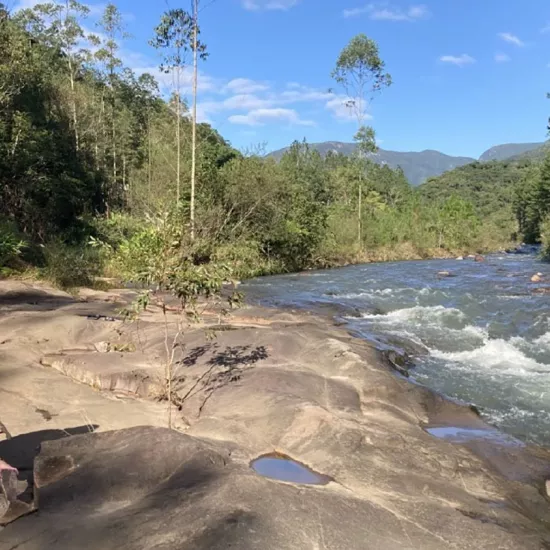New Visualizing the Americas project reveals complex socioeconomic history of the banana

Peeling open and biting into the sweet, slightly tart-tasting flesh of a banana is one of life’s simple pleasures, right?
Not exactly, says University of Toronto Mississauga history professor Kevin P. Coleman, whose new research project demonstrates how the historical journey of this tropical fruit from Latin American farms to North American homes has been anything but simple.
In Visualizing the Americas, the historical studies scholar documents the economic, social and political dynamics of the banana industry in countries such as Colombia, Costa Rica, Ecuador, Guatemala, Honduras and Panama. Working in collaboration with the UTM Library, he has created a comprehensive resource that reveals how worker exploitation, racial discrimination and ecological destruction have shaped the production and consumption of this popular commodity.
Coleman also shows how poor and marginalized banana workers resisted unfair treatment by foreign employers, so that the website can be a useful resource for current and future political struggles in Latin America and the Caribbean.

“This is a story of the power dynamics these farmers experienced as a result of a foreign company working in their country, of the power dynamics in their societies, and also, of how they organized and succeeded,” says Coleman, whose project was supported by a $106,000 Insight Grant from the Social Sciences and Humanities Research Council. “Visualizing the Americas is about insight, motivation, empowerment.”
Through historical records, photographs and interviews with scholars, we learn about the less-than-wholesome operations of the United Fruit Company, a multinational corporation based in Boston, Mass., that owned extensive land and employed tens of thousands of people in the Eastern Caribbean and Central and South America. The company created a workforce with a racial hierarchy where it placed white Americans in upper-level positions, and members of the local population — Black residents, mestizo and other mixed-race groups, Indigenous people, Garifuna communities and immigrants — in low-wage, unskilled jobs. For the middle roles — overseers, managers, timekeepers, engineers — they recruited West Indian migrant workers from the British Caribbean.
To explain the ramifications of this racially stratified labour force, Coleman interviews Michigan State University history professor and author Glenn Chambers, who notes that the West Indian workers “served as a buffer between management and labour…West Indians were of African descent, but saw themselves as British, Christian, and “civilized” and “viewed non-West Indians as outsiders and their culture inferior,” which “made organizing around Blackness difficult.”
We also learn how the United Fruit Company exerted its influence on governments in the region to suppress the rights of workers. A key example was the Oct. 6, 1928 strike by Colombia’s banana labourers over long hours and low pay. Records show how the company was complicit in the military’s violent quashing of the strike, which resulted in the death of more than 1,000 workers. The Visualizing the Americas website features an archive of nearly 2,000 pages of letters, photos and other documents generated by the company from 1912-1982 that in part show its deeply unjust employment practices.

Visualizing the Americas also explores how exploitative labour practices make bananas so cheap, the environmental impacts of monoculture cultivation practices, and the gains made by worker unions to create better working conditions in banana-growing regions.
There is a rich visual history of the life, culture and struggles of members of a banana company town in Honduras as captured by photographer Rafael Platero Paz, who sought to document the community’s social transformations over 57 years.
“I think it’s easy for many of us to forget that history is made by people,” Coleman says. “Many may not realize what an important role ordinary banana plantation workers played in the history of their countries.”



